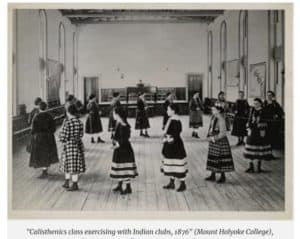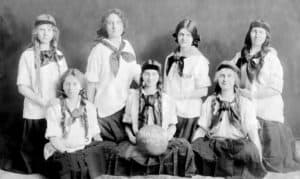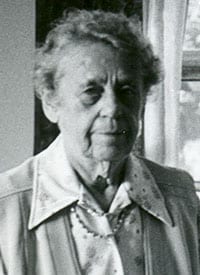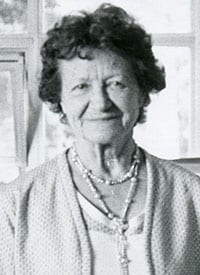William Smith College Athletics, 1908-1971
By John Marks, Curator of Collections and Exhibits
Our theme this year is the history of sports in Geneva. Our third and final exhibit, Statesmen, Herons, and Lakers: College Sports in Geneva, is now on display through mid-January 2020. As I researched the exhibit, the evolution of women’s college sports caught my attention.

As I mentioned in my May blog , some education reformers focused on the value of physical education for young ladies. Mount Holyoke College for women had physical education instructors from its founding in 1837. Calisthenics, or “exercises designed to develop physical health and vigor,” were the earliest activity. Strict Christians felt that calisthenics looked too much like dancing, but exercising with equipment like Indian clubs was okay.
In the 19th century, exercise was considered necessary for women in college. Excessive studying was thought to be physically draining, if not harmful, for women. Physical education was necessary to correct the “damage” done by intellectual pursuits. (By contrast, most men’s colleges added physical education long after their students had formed athletic clubs on their own.)
William Smith College’s first class enrolled in 1908. By the spring, the students had “gym work every Tuesday and Saturday afternoon.” Frances Bell Eddy, Class of 1912, wrote, “We learned to march, heads erect and arms at side, with utmost stateliness and dignity. Sometimes we played basketball and volley ball and baseball; thus laying the foundation for the reputation that our college holds in athletics.”
Academic coursework included physical education, health and hygiene, and physiology. By 1939 Body Mechanics was a required freshman course. It evaluated students’ posture and movements, and taught exercises for an “efficient use of the body.”
 Team sports were always part of William Smith life. Interclass tournaments were played in basketball, field hockey, and tennis. However, intercollegiate play was discouraged. Physical educators argued competitive games would overexcite young women and breed aggressiveness, both of which were unbecoming. There was also the old chestnut that competition might cause “pelvic disturbances.”
Team sports were always part of William Smith life. Interclass tournaments were played in basketball, field hockey, and tennis. However, intercollegiate play was discouraged. Physical educators argued competitive games would overexcite young women and breed aggressiveness, both of which were unbecoming. There was also the old chestnut that competition might cause “pelvic disturbances.”
The consolation prize was “play days.” Colleges would meet, but teams would be formed of players from multiple schools. Meeting new people and sharing refreshments afterward was more important than the score.
Professor Marcia Winn joined the physical education staff in 1930, becoming athletic director in 1934 until 1967. She summarized her feelings about non-competitive games:

Marcia Winn
“Once at a ‘Play Day’ an observer remarked, ‘Isn’t it nice to see the dear girls playing without any desire to win.’ Utter rot—and an injustice to the ‘dear girls,’ who, being normal healthy individuals, presumably had a normal healthy desire to win.”
Professor Winn organized “sports days” for true competition with colleges in central and northern New York. Interclass competition continued, and the best athletes were chosen for intercollegiate teams. In 1957, Professor Winn formed the Central New York Women’s Athletic Association (LINL), which was the first step toward a New York State intercollegiate sports organization for women.
Professor Janet Seeley taught physical education and dance from 1932 to 1971. With Professor Winn, she pushed for more athletic opportunities for women.

Janet Seeley
In 1970 the William Smith gymnasium was dedicated as the Winn-Seeley gym in their honor. Although they retired before Title IX (a topic for another blog), they paved the way for today’s successful William Smith Herons teams.
Most of the information in this article was taken from From Bloomers to All-Americans: The History of William Smith College Athletics, a June 1987 typescript by Lisa Christina Brown, WS ’83. It includes detailed records of sports, records, and advancements from 1908 through 1987. It is available to read during our Archives hours.
William Smith College Athletics, 1972 to Present
